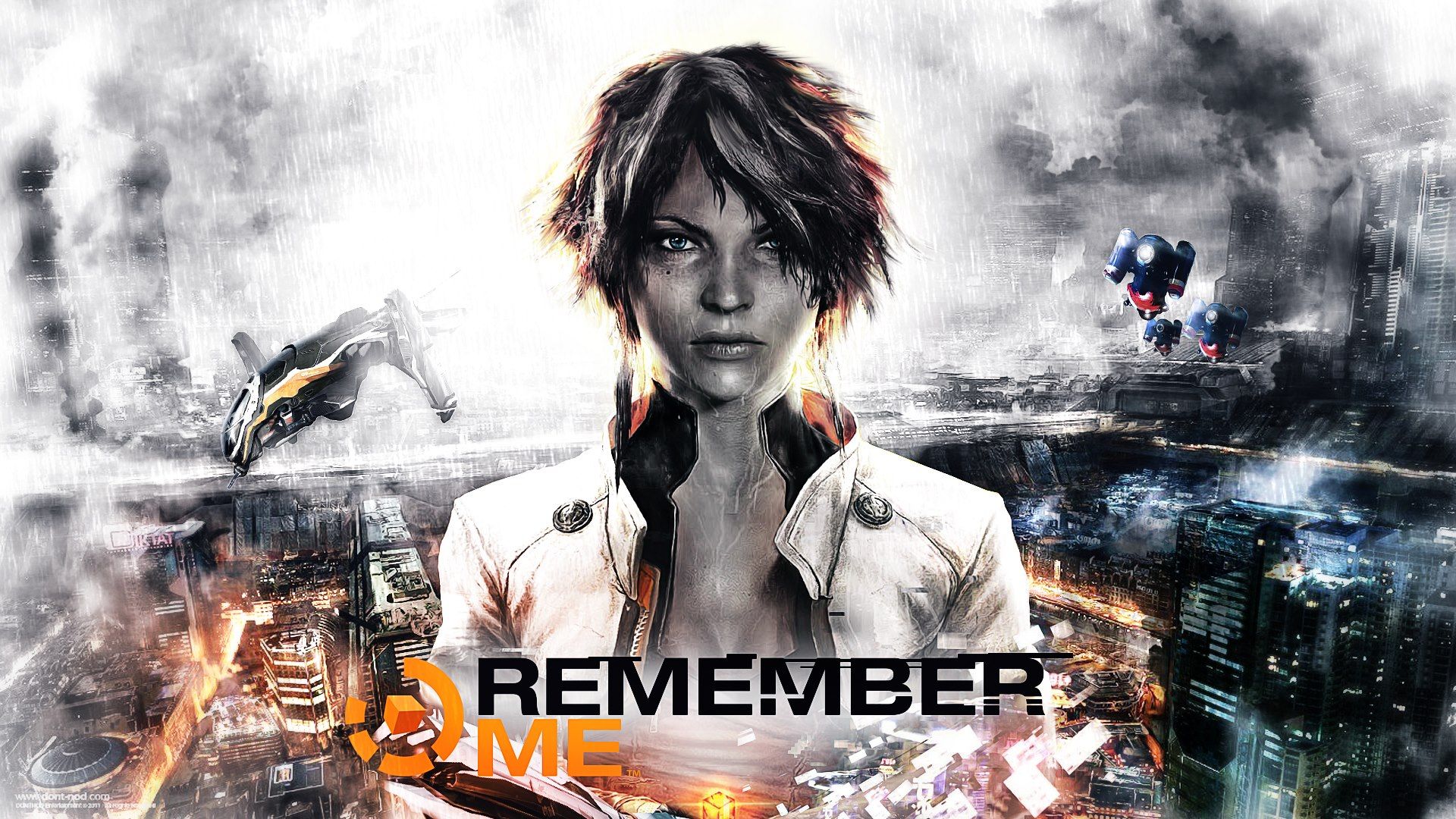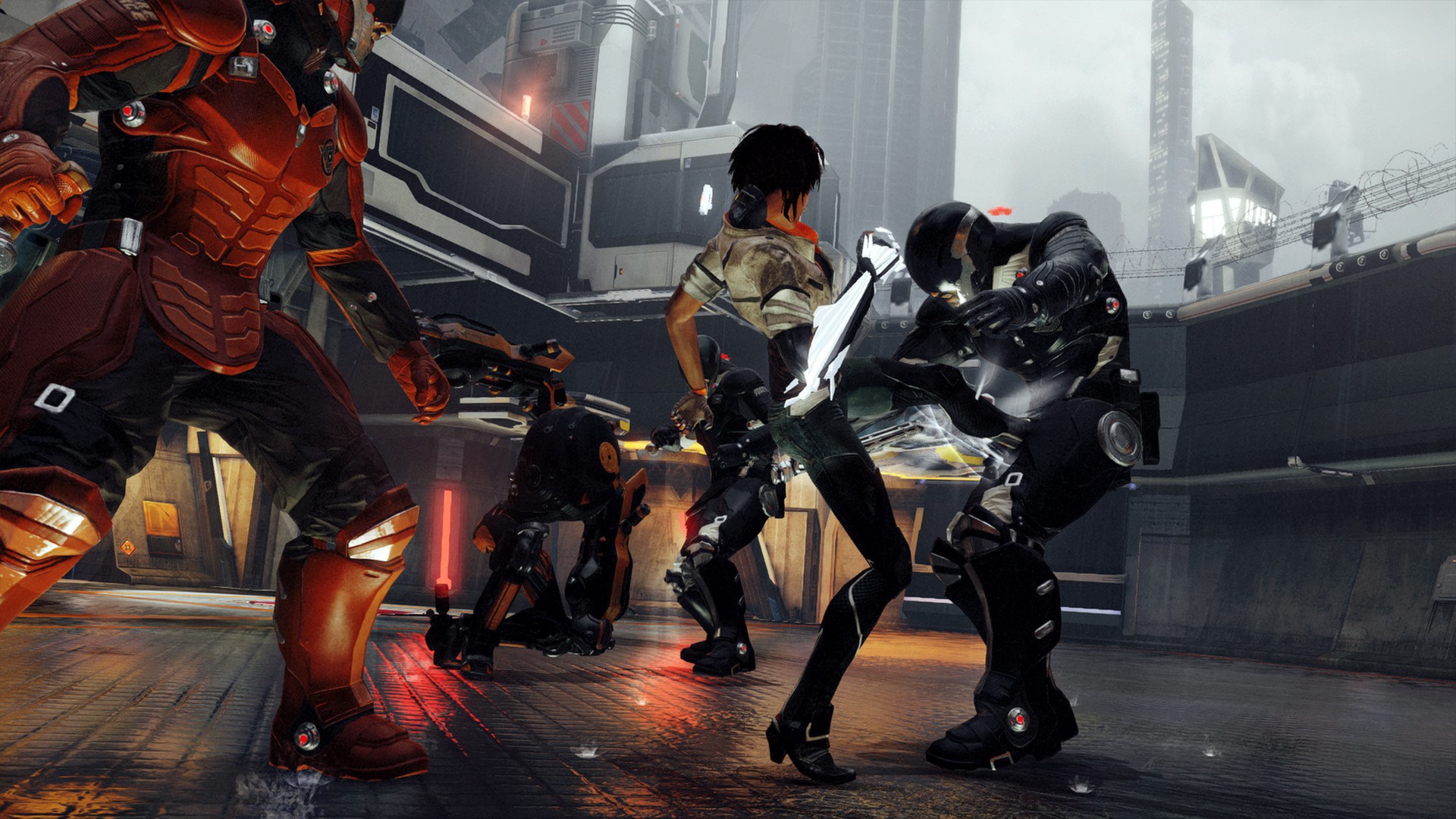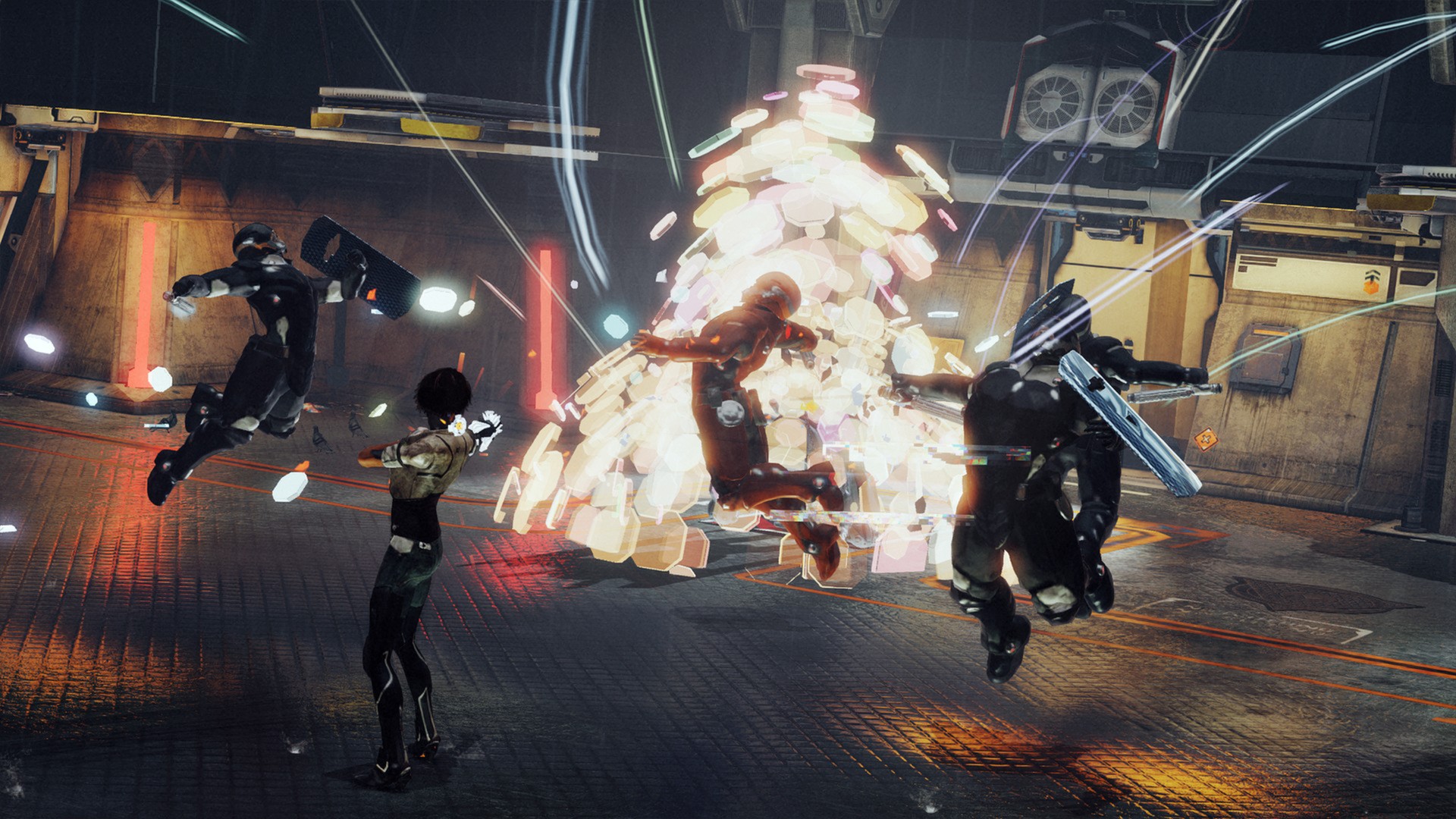Remember Me is a Nifty Memory That Risks Being Forgotten
/Imagine a world in which memories have become commodified into experiences that can be traded, sold, shared, and erased. The social network of status updates and constant photo uploads becomes a network of memories tied to a specific economy and company, Memoreyes. This monopoly of memory, of course, becomes problematic as governmental structures and notions of Memoreys’ hold on society begins shaping the world people live in. This is the basic idea behind the detailed dystopian world Dontnod constructs in Remember Me, and though it was a pure joy to discover and learn about, the experience of inhabiting it as the protagonist Nilin could have used some improvement and polish to make the experience truly memorable.
The game begins as Nilin wakes up in a prison with her memories wiped and no knowledge of who or where she is. Players are introduced to the world through her lost ramblings as she is lead down hallways that inevitably leads to what looks like death, a chair that permanently wipes brains. She is also lead by a voice, another main character that promises to rescue her and help her reclaim her memories. As he helps her escape the player is introduced to a terrifying world in which we can become just husks of consciousness. The player learns that Nilin used to work for a resistance group as a Memory Hunter, reconfiguring the memories of others to influence their actions in order to bring down the memory economy as a whole. Her weapon itself is a glove that attacks enemy’s memories, and the visual effect is quite impressive and creative. The world feels refreshing, original, and exciting right from the onset. Many of the characters themselves feel underdeveloped, however, and their roles and actions fall flat in the narrative. I personally loved the twist at the end, and the philosophical implications the final fight asks players to think about.
The third-person gameplay involves three different segments of play: exploration, combat, and memory remixing, which comes off as a sort of cinematic puzzle. Exploration is simple and reminiscent of Uncharted, with Nilin climbing walls, crates, cranes, and all manner of objects in the environment. There are some time-sensitive pursuit segments that, though exciting, can be frustrating and feel out of place next to the fun combat.
Combat is exciting, fluid, and reactive. It's focused on a familiar action system of combos, evasions, and special abilities, with a fresh twist in customization. Attacks that deal more damage, regenerate health, speed up ability refresh rates, and link to multiply any of those effects are placed in combo chains of varying lengths. Whatever attacks are placed in the chain become more effective the later they are placed in the sequence, creating a dynamic system of balancing damage, survivability, and ability usage. Enemies have different weaknesses that must be exploited, such that certain attacks may break blocks and so forth. Abilities play into this directly, triggering windows to attack hidden stealthy enemies, to hack mechanical enemies into being allies or kamikaze explosives, or to place an explosive on an enemy to deal area damage. Enemy, skill, and combo variations make every fight feel like a fast-paced puzzle. Unfortunately, the enemy variation and amount of combat sessions in the game ends up feeling limited. I felt myself growing tired of combat later in the game, wishing for more elements in the equation to mix things up.
Memory remixing puzzles shine through as great segments that also enhance awareness of the effect of the memory economy on people. Nilin invades a character’s brain to change how they remember a particular event, thereby influencing how that character acts afterwards. One remix has Nilin convincing a bounty hunter that her sick husband died in a hospital when he is, in fact, still alive. This motivates that character to seek vengeance on Memoreyes and help Nilin. These segments are interactive cinematics that may be rewound or fast-fowarded to find particular elements and items that may be interacted with. Being successful simply requires finding the right combination of changes. Exploring how these changes interact with each other is fun, and the puzzles themselves are not very difficult. I found myself wishing they were more challenging, but I enjoyed how these segments really emphasized the fictional world itself.
The music and audio is great, with exciting sound effects indicative of science-fiction. Combat music is high-energy techno-beat, and reacts to combat conditions. Whenever Nilin gets hit, the beat drops off, the layers of sound recede, and even the volume reduces, creating an under-water effect. Feeling the music skip a beat hurts and motivates players to keep up the rhythm of combat. When health gets low, higher energy layers move out from the music and darker tones move in, which helped me focus on a survival strategy and keep calm. The music interactivity was fantastic, and I wish more action games used this type of technique to communicate states in a more obvious and impactful way as Remember Me does.
In the end, the game feels great, but the missing elements of greater diversity in combat and stronger character development makes the game feel somewhat hollow.
Bottom Line: a great experience if you want to explore dystopian themes on memory, identity, and consumerism dressed in the clothes of a decent action game, but don’t expect any of the actual gameplay to blow you away in the long run.




